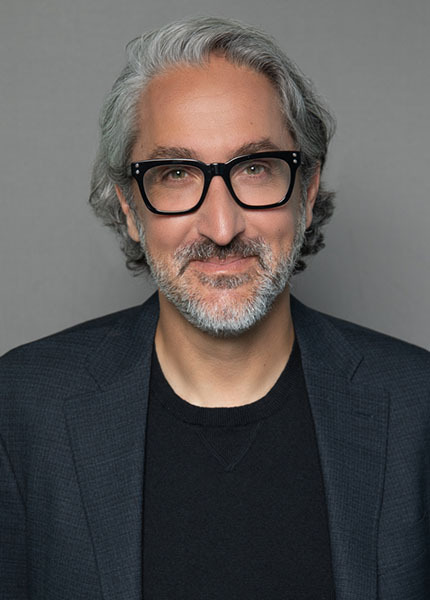Eugene, Oregon
Ajamete “Aj” Kaykas
Chief eXploration Officer and Head of Neuroscience
Hometown
Education
Ph.D., Molecular Biology/Oncology/Virology, University of Madison, Wisconsin; B.S., Biochemistry, University of Washington
Creative, Thoughtful, Enthusiastic, Authentic, Visionary

As chief eXploration officer and head of neuroscience, Aj leads insitro’s Advanced Technology eXploration (ATX) group which identifies and pilots in vitro technologies (disease modeling, imaging, genomics/functional genomics screening) to be deployed across all indications at insitro. He also leads insitro’s neuroscience therapeutic area which is responsible for target discovery/validation and overseeing the neuroscience portfolio.
Aj has spent over 20+ years in industry, working in the areas of, proteomics, functional genomics and stem cell biology & drug discovery. Before joining insitro, Aj led the early target discovery team at Novartis Institutes for Biomedical Research in the neuroscience unit. His team efforts have led to the discovery of multiple new disease targets and the development of better predictive preclinical models. He was also a director at the Allen Institute for Brain Science, a scientist at Viral Logic System Technology and an intern/associate scientist at Immunex corporation in the early 1990s. He conducted his postdoc with Dr. Randy Moon at the University of Washington/Howard Hughes Medical Institute on Wnt-signaling. While in Randy’s lab, he conducted one of the first ever genome-wide RNAi screens and studied the role of Wnt-signaling in human disease and stem cell biology. He did his graduate work at the University of Wisconsin-Madison in Dr. Bill Sugden’s lab where he studied virology, immunology and oncology.
Key Papers:
DRUG-seq: A Miniaturized High-Throughput Transcriptome Profiling Platform for Drug Discovery
p53 inhibits CRISPR-Cas9 engineering in human pluripotent stem cells



